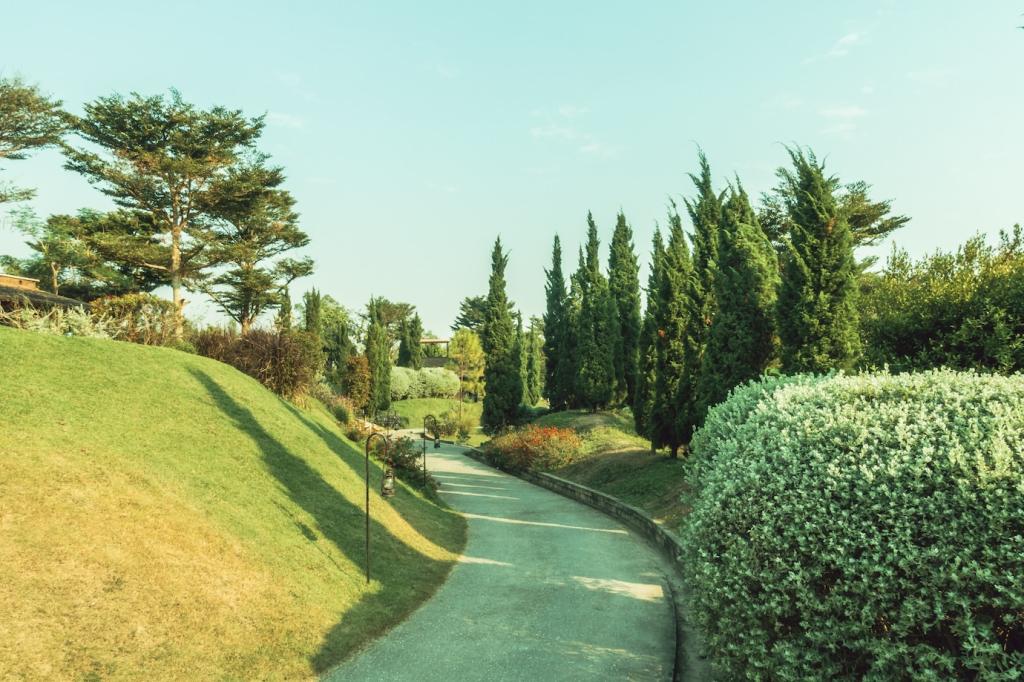
Composting Tips for Gardeners: Turn Everyday Scraps into Soil Gold
Selected theme: Composting Tips for Gardeners. Welcome to a friendly home for practical wisdom, lively stories, and tried‑and‑true methods that help gardeners transform kitchen leftovers and yard waste into rich, living compost. Dive in, ask questions, and subscribe for fresh compost insights every week.
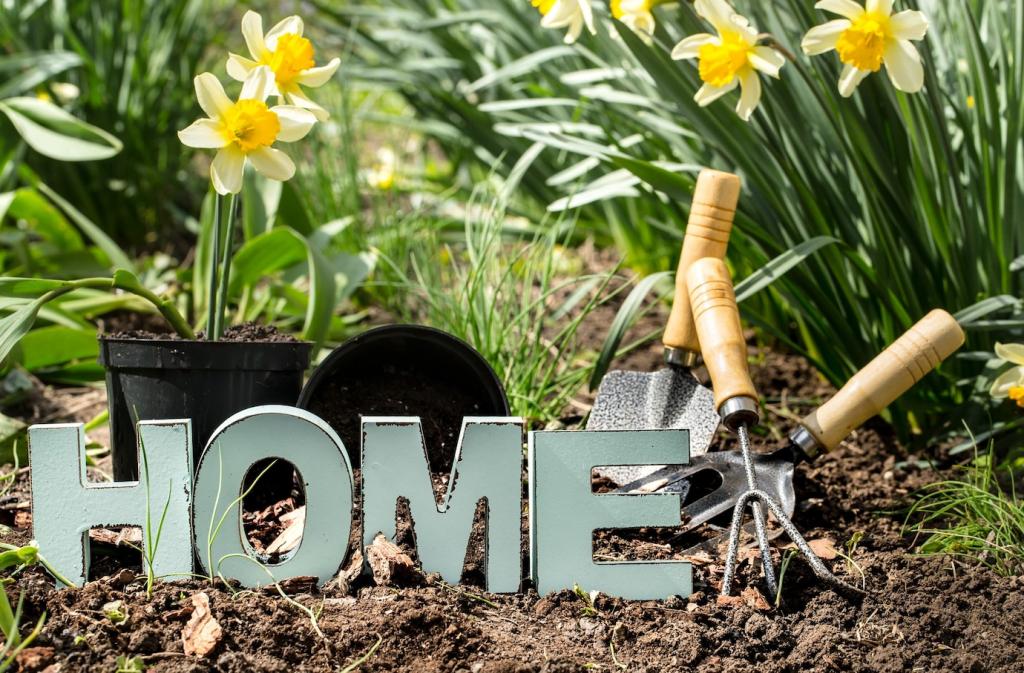
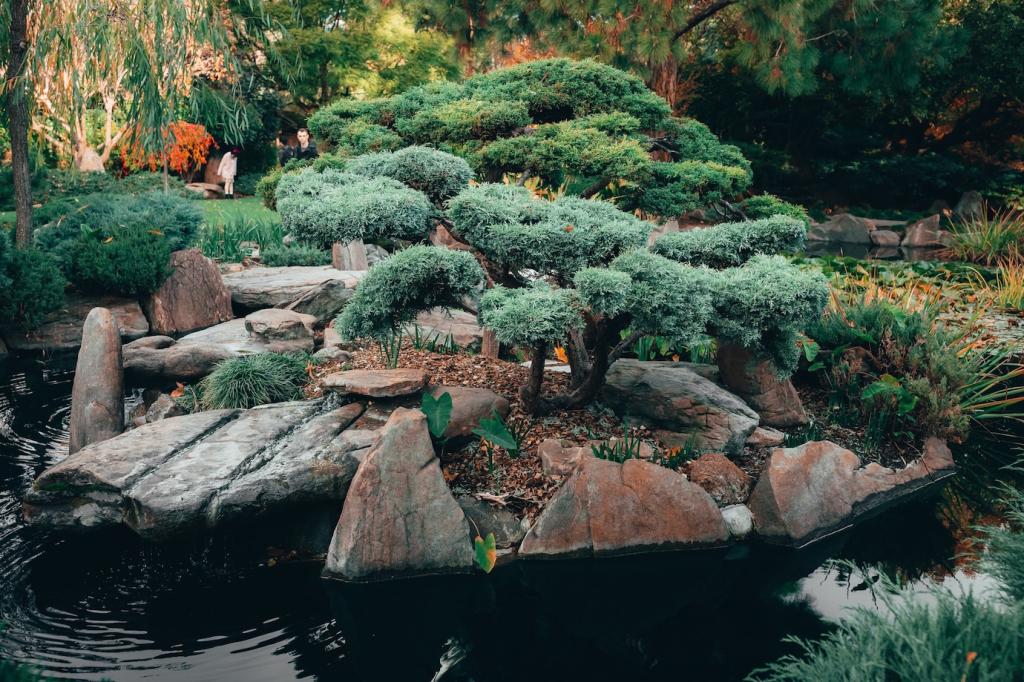

Set Up Your First Compost System
Pick a spot with good drainage, light shade, and easy access from your kitchen door. Tumblers are tidy and fast, while open bins handle bulky yard waste. Whatever you choose, ensure airflow, protect from heavy rain, and keep water nearby for quick moisture adjustments.
Fixing Problems Before They Spread
Rotten odors usually signal too much nitrogen or excess moisture. Add a generous layer of browns, fluff the pile for airflow, and check drainage underneath. Avoid meats, oils, and dairy, and bury kitchen scraps under browns to keep things fresh and neighbors happy.
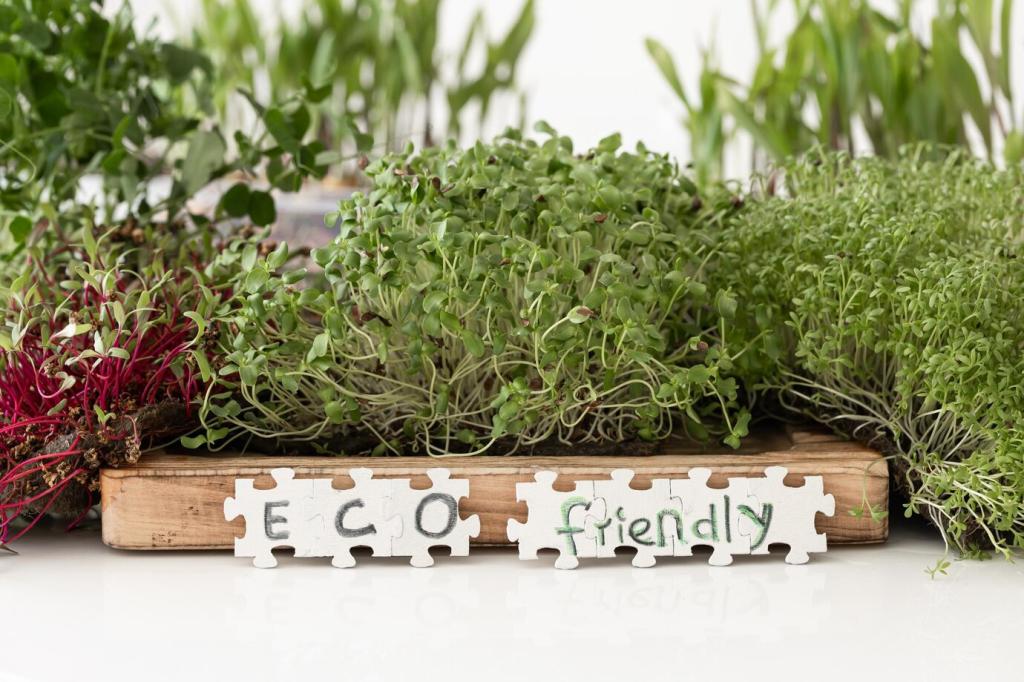
Level Up: Hot Batches, Worms, and Fermentation
Build a pile at least one cubic yard for critical mass, with balanced greens and browns. Monitor temperatures with a compost thermometer and turn when heat dips below about 120°F. Rewet lightly as needed. Hot batches finish faster and produce beautifully sanitized compost.
Level Up: Hot Batches, Worms, and Fermentation
Red wigglers, often Eisenia fetida, transform scraps into worm castings rich in plant‑available nutrients. Provide bedding of shredded paper and coco coir, keep it moist, and maintain moderate temperatures. Feed small amounts regularly, avoid excess citrus, and harvest castings for seed starting mixes.
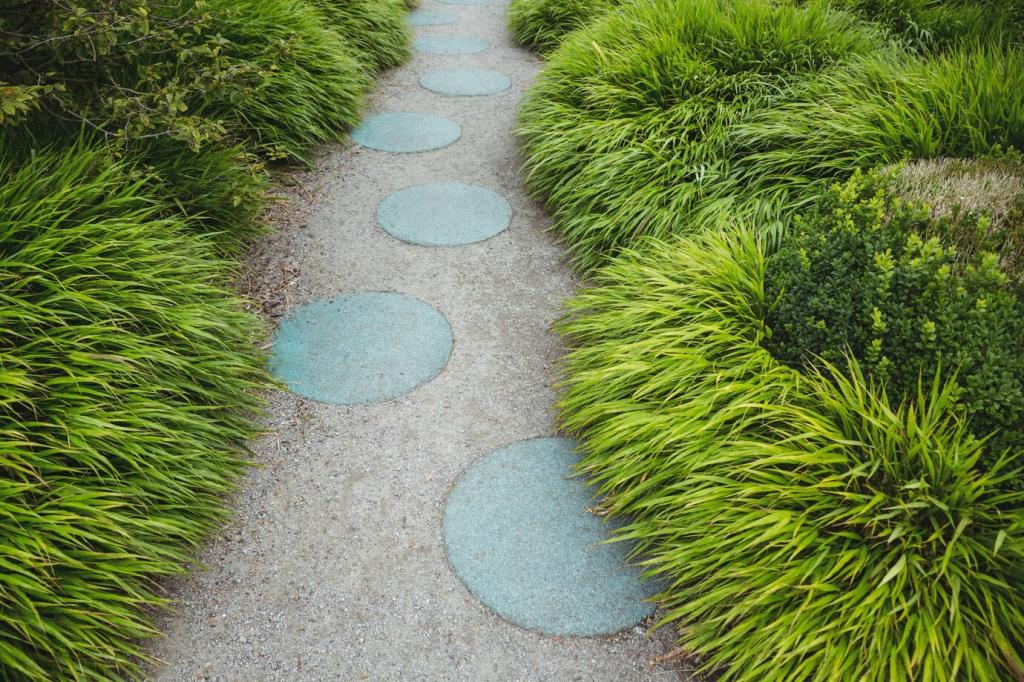

Mulch or Mix‑In
As mulch, spread one to two inches around perennials, keeping a small gap from stems. To amend soil, blend 20–30 percent compost into beds or potting mixes. Gentle, steady nourishment strengthens roots, encourages beneficial microbes, and reduces watering needs through the hottest weeks.
Brewing Compost Tea Safely
If you brew aerated compost tea, sanitize equipment, use mature compost, and avoid foliar spraying edibles close to harvest. Many gardeners prefer soil drenches to minimize risks. Share your results and subscribe for upcoming experiments comparing tea, extracts, and straight compost applications.
Seasonal Application Tips
In spring, top‑dress beds before planting to jump‑start growth. Mid‑summer, refresh mulch to conserve moisture. In fall, spread a blanket of compost and leaves to feed soil life all winter. Tell us how your timing shifts with climate and crops where you garden.
Build Sustainable Habits and Community
Keep a covered caddy on the counter, and stash a freezer container for smelly weeks. Label what is compostable and schedule a weekly trip to the pile. Involve kids in chopping scraps and turning; simple rituals turn waste into a family gardening tradition.
Build Sustainable Habits and Community
Swap greens and browns with neighbors: coffee grounds from a café, leaves from the next street, or wood chips from arborists. Organize a community compost workday. Comment with your location, and let readers connect to exchange materials and ideas that benefit everyone.

